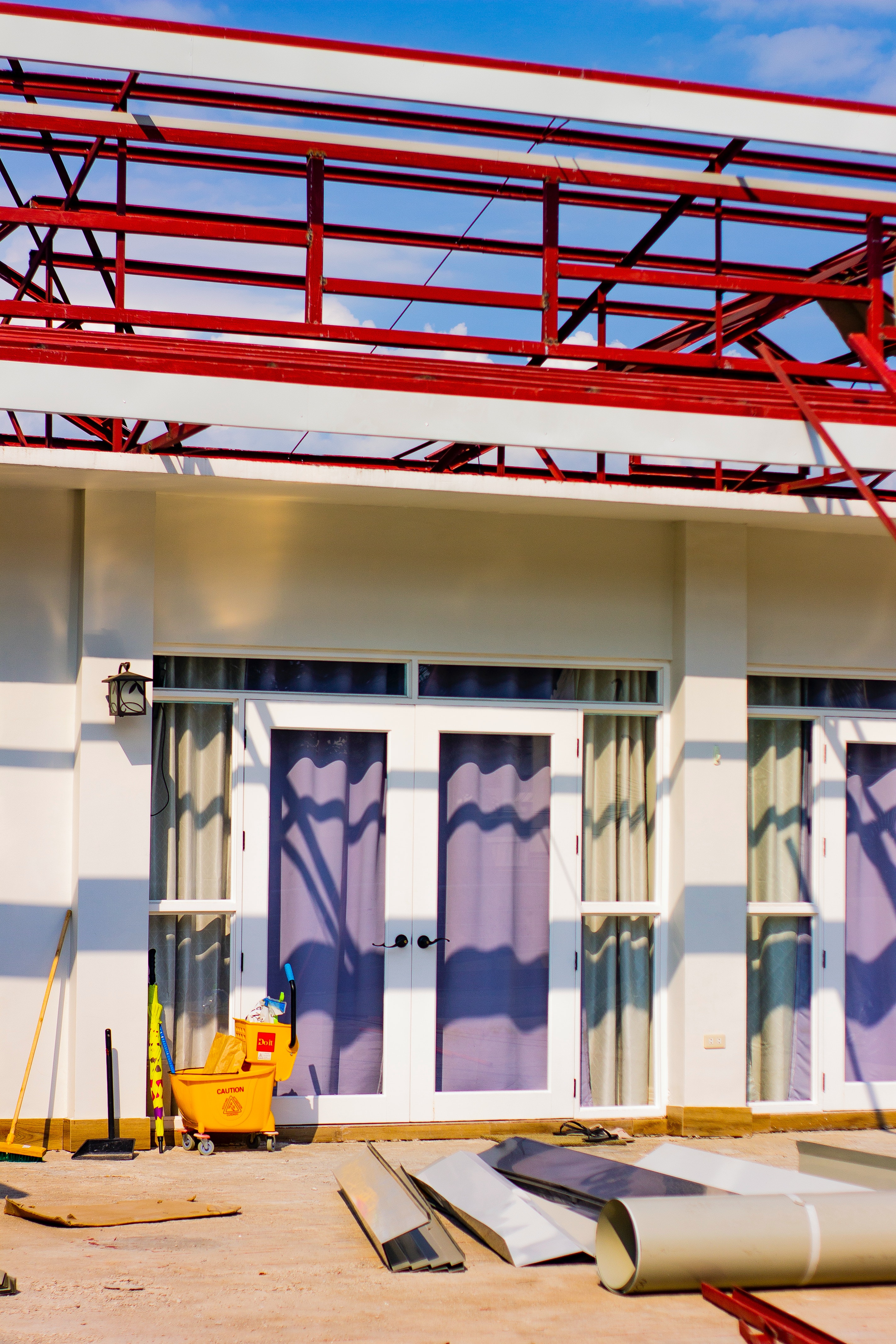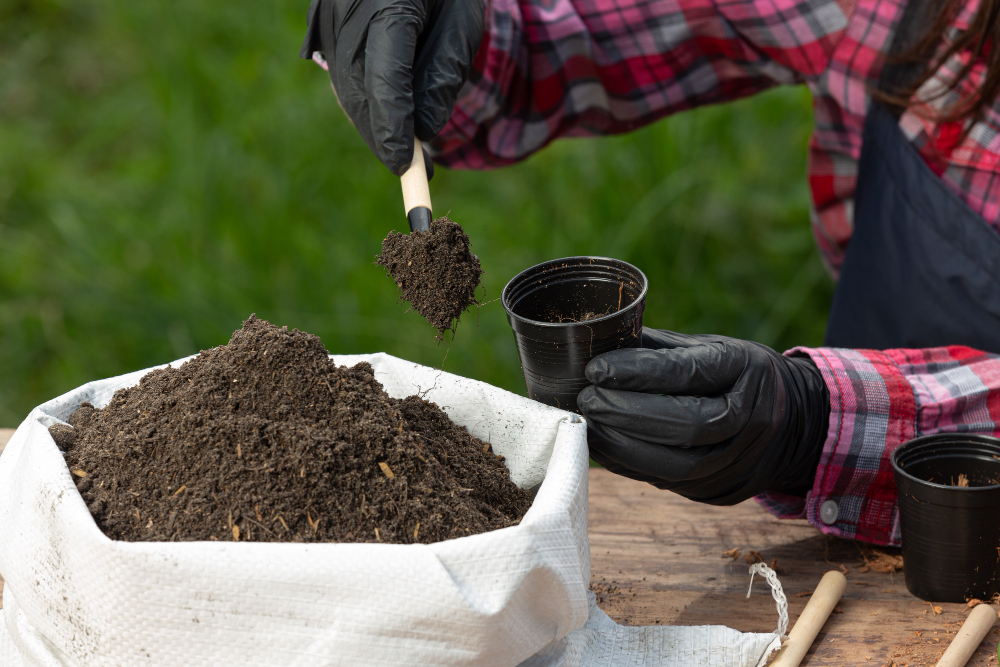
Welcome to our comprehensive guide on lead removal. This page is dedicated to providing you with essential information on lead, its dangers, and effective methods for removing lead from various sources.
Welcome to our thorough guide to getting rid of lead. This page is devoted to giving you important details about lead, its risks, and efficient ways to get rid of lead from various sources. This article will help you comprehend the significance of lead removal and the steps you can take to create a safe and healthy environment, whether you are a homeowner, a business owner, or simply concerned about lead exposure.
Understanding Lead's Hazards
Lead is a highly hazardous element that, especially in youngsters and pregnant women, can have major negative effects on health. Lead can affect the brain, neurological system, kidneys, and other organs even at low exposure levels. Developmental delays, learning difficulties, lower IQ, behavioural issues, and a variety of other health issues have all been related to prolonged lead exposure. To keep yourself and your loved ones safe, it's imperative to reduce your exposure to lead.
Methods for removing lead

Paint Removal
It's important to handle lead-based paint carefully if it's present in your home. To reduce the chance of lead dust spreading, work with a trained expert who specialises in removing lead paint. Lead paint can be safely removed using techniques including wet scraping, wet sanding, or chemical strippers.

Soil remediation
If the soil on your property is contaminated with lead, professional services can help. To lower lead levels and make the location safe for usage, procedures including soil excavation, capping, or chemical immobilisation can be used.

Water treatment:
Have your water tested by a licenced laboratory if you think it might contain lead. Depending on the findings, you might need to put in water filters or think about replacing any fixtures or pipelines that contain lead.
Professional Help and Safety Measures
The removal of lead can be a challenging process that calls for knowledge and attention to safety regulations. For any major removal jobs, it is highly advised to employ qualified experts with lead abatement experience. These experts can determine the severity of the lead issue, create a customised removal strategy, and make sure that all relevant safety measures are performed.
When working with lead-containing goods or contaminated environments, always use the proper personal protective equipment (PPE). This includes safety equipment including gloves, goggles, masks, and clothes. It's also essential to properly dispose of lead garbage if you want to stop further pollution.